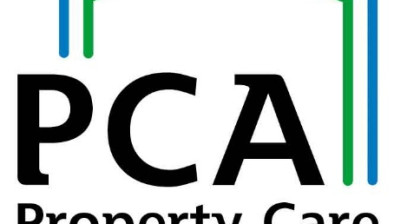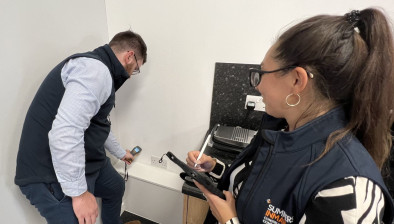Trade body develops new Code of Practice to resolve excess moisture in properties
 A national trade body has developed a new Code of Practice to provide a framework for property professionals looking to tackle the increasing issue of excess atmospheric moisture in buildings.
A national trade body has developed a new Code of Practice to provide a framework for property professionals looking to tackle the increasing issue of excess atmospheric moisture in buildings.
‘Code of Practice for the Investigation and Provision of Ventilation in Existing Dwellings’ has been developed by the Property Care Association (PCA) to provide a detailed approach to diagnosing atmospheric moisture problems and the specification of appropriate ventilation systems in properties.
The move comes as the PCA revealed increasing reports from among its 400 members across the UK of mould and condensation problems linked to increased levels of atmospheric moisture in properties.
According to the PCA, factors behind the rising trend are predominately linked with modern living - including increased levels of occupation and rising fuel costs, as well as a drive to make homes more energy efficient.
The trade body also cites efforts to reduce air leakage through draught proofing and retrofit insulation, as well as the changing climate patterns - featuring warmer, wetter weather - as being of significance.
To resolve the issue the PCA is calling for a greater focus on more effective ventilation in UK homes.
As part of that approach, the trade body created the Residential Ventilation Group (RVG) last year to bring together best practice and to raise awareness of specialists capable of designing appropriate residential ventilation solutions.
Steve Hodgson, chief executive of the PCA, said: “Despite the impact that good ventilation can have on a property’s moisture levels, the current regulation and guidance setting out minimum requirements in homes is mixed and usually ignored or misunderstood.
“Ultimately, understanding how to balance moisture production, insulation, the use of heat and ventilation, as well as a good technical understanding of the science of air moisture and excess water, is the key to eliminating condensation and mould.
“This new Code of Practice sets out all the factors associated with effective ventilation. It is based on current best practice and aims to provide a concise and thorough guide to the investigation and control of water vapour levels in existing residential buildings.
“It considers the different variables which can affect moisture levels in buildings, such as the building construction, style of occupation, heating, thermal performance of walls and floors and the provision of air exchange.”
The Code of Practice has been developed for use in association with another new document from the PCA, the ‘Code of Practice for the Investigation and Control of Dampness in Buildings.’
These new Codes form a series of measures being developed by the PCA to tackle the issue of excess moisture in buildings.
The PCA has also produced a video recently, which sets out the areas of concern and highlights the ways the trade body is leading best practice to resolve this modern problem.
https://www.youtube.com/watch?v=k_9iuoi3iDA

















